Since their debut in the Silver Age of comics, the X-Men have been the stars of some of Marvel's most popular and acclaimed titles. They are a touchstone of the company and one of the most recognizable teams in the medium. Over the years, they've also produced some of the most iconic comic book covers ever.
These covers are not only incredible works of art but accurate representations of the series as a whole. They stand out above all others thanks to their striking imagery, unforgettable characters, and the storylines they depict, earning a privileged place in the pantheon of exceptional comic book artistry.
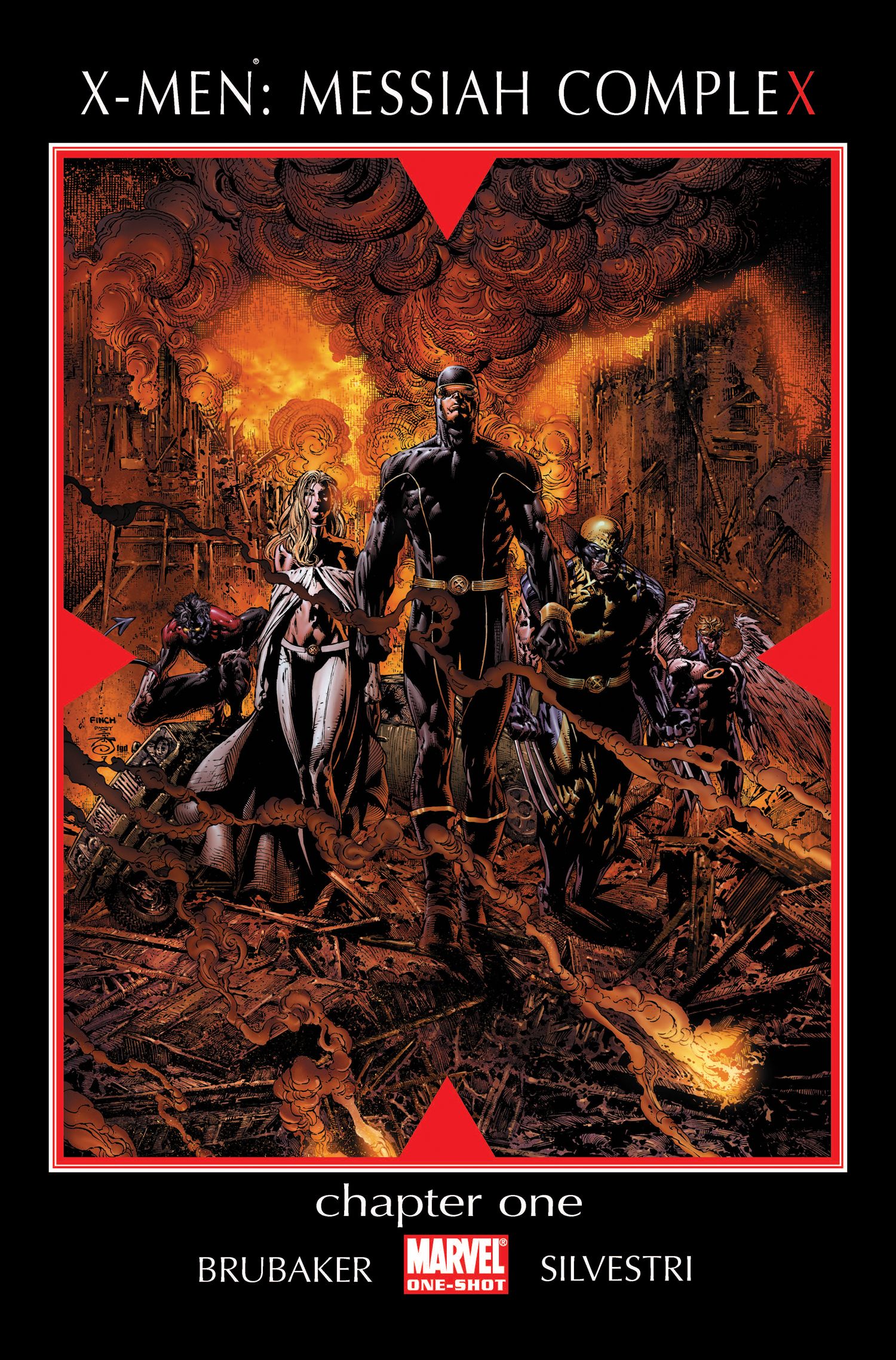
The House of M storyline had severe repercussions on the Marvel universe. Wanda Maximoff's mental breakdown provoked the decimation of mutants, leading to the beginning of Messiah Complex. Messiah Complex involves the birth of the first mutant child since the decimation, launching a race between the X-Men, Marauders, Acolytes, Reavers, and Purifiers to get to the baby first.
Messiah Complex's cover perfectly captures the story's somber tone. The X-Men, hopeless yet stoic, walk among the wreckage of the world they spent so many years trying to protect. Still, they remain proud as ever, not yet defeated. Designed by David Finch, the cover is ideal for kicking off such a heavy and crucial storyline.
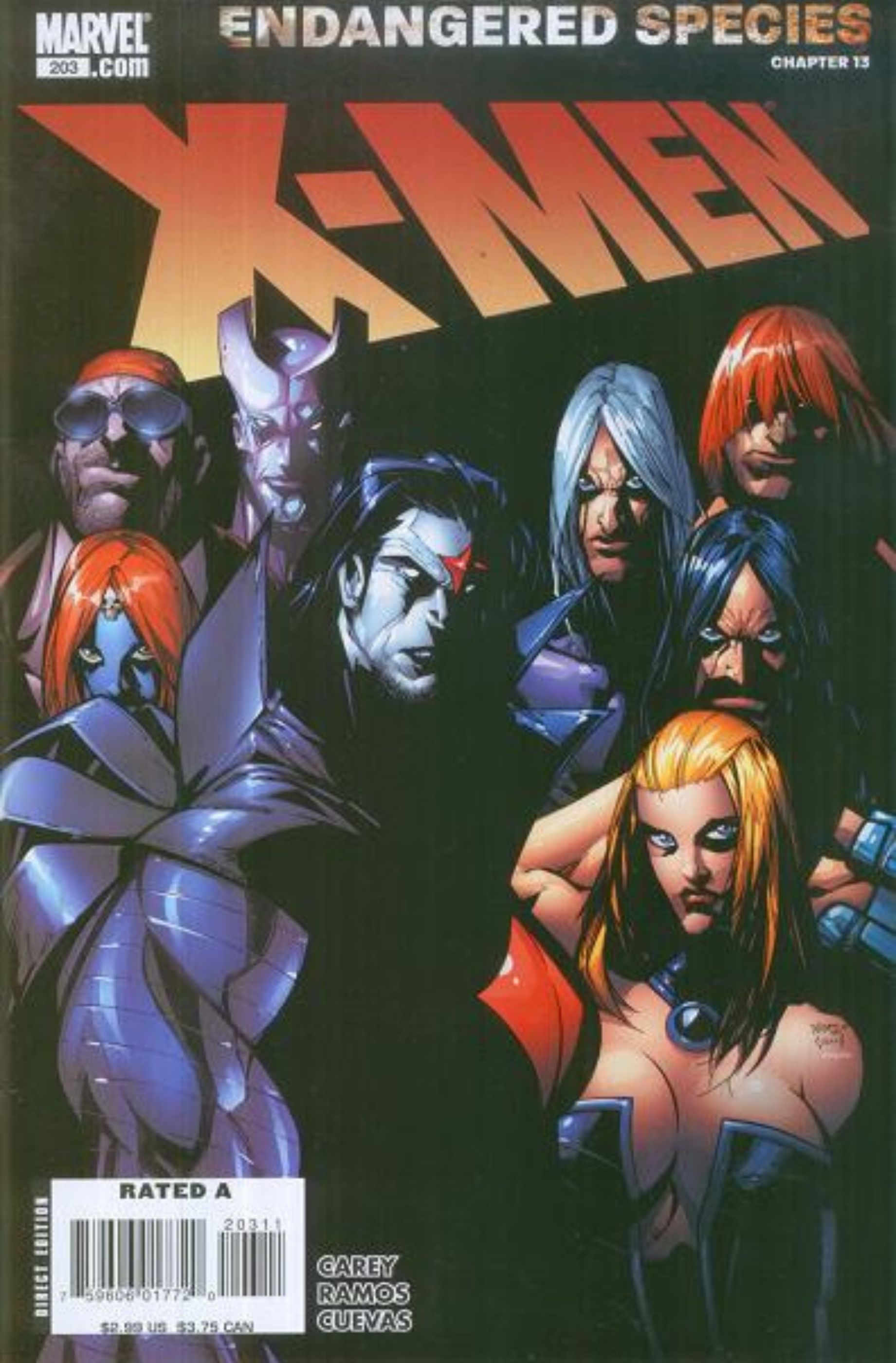
Mr. Sinister is one of the X-Men's best villains. He's also one of their most underrated, often confused with Apocalypse and yet to make his debut on the big screen. Yet Sinister has been front and center in many of the X-Men's most iconic storylines, such as the Endangered Species event, an immediate follow-up to House of M.
The cover of X-Men #203 showcases Sinister and his team of "evil" mutants, including Mystique. Living up to their reputations, Sinister and his team look directly at the reader, confronting them head-on, angry and perhaps resigned. Artist Humberto Ramos makes excellent use of contrast to enhance the cover's unnerving quality.
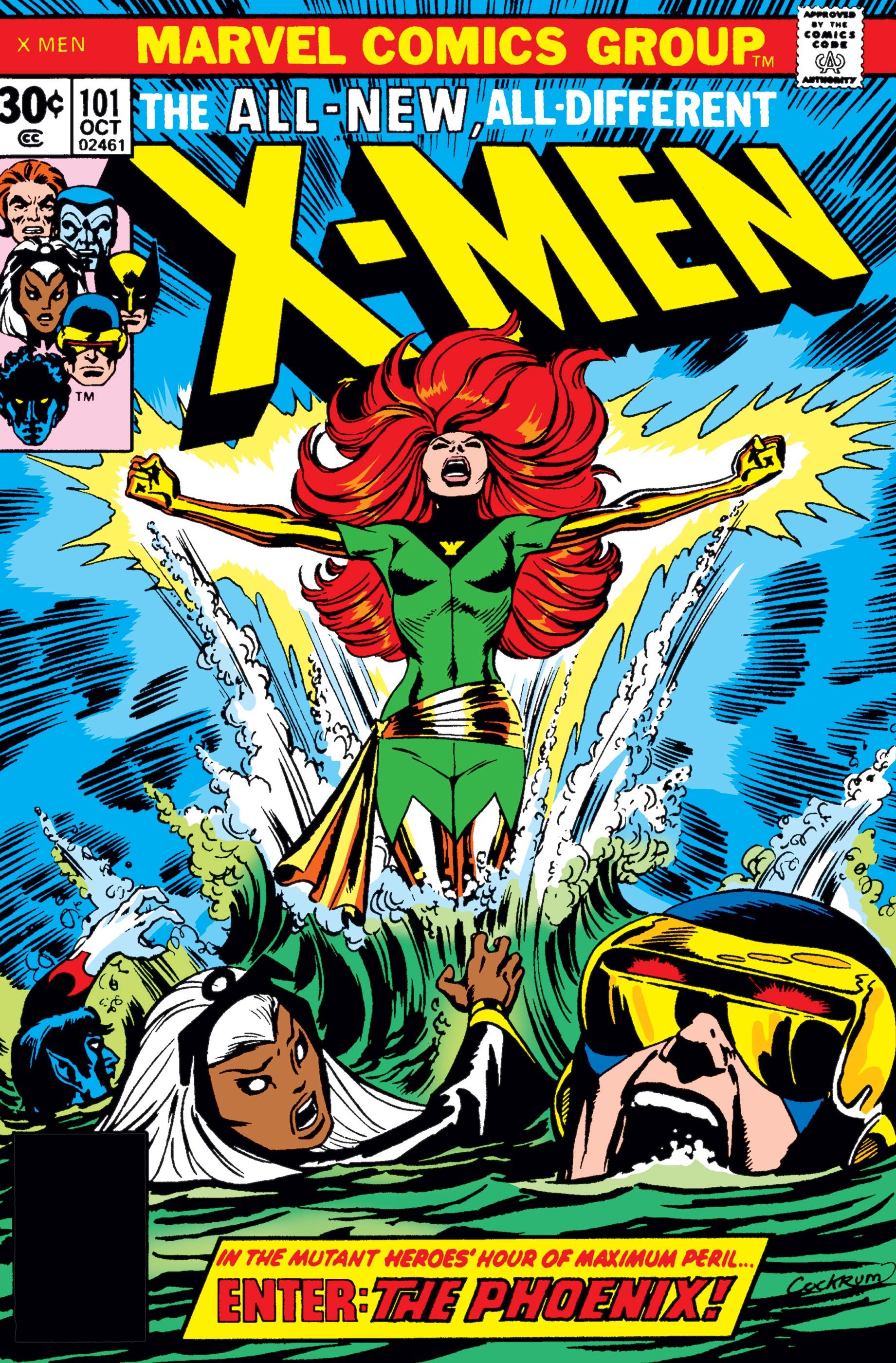
Comic book fans know Jean Grey has an intricate and rich backstory. She is arguably the most powerful being in X-Men lore thanks to serving as the host of the almighty Phoenix Force. The Force's arrival in the late 1980s changed the X-Men's course forever, introducing a larger-than-life threat that claimed the life of one of the team's founding members.
In the beginning, no one anticipated the Phoenix's destructive power. When Jean Grey first emerges from the waters of Jamaica Bay as the Phoenix, it's almost a promise of a better tomorrow. Dave Cockrum's cover portrays Phoenix as a savior, rising above the water to rescue her team. It's a glorious, hopeful cover that paints Jean as an almost saint-like figure, disguising the devastation to come.
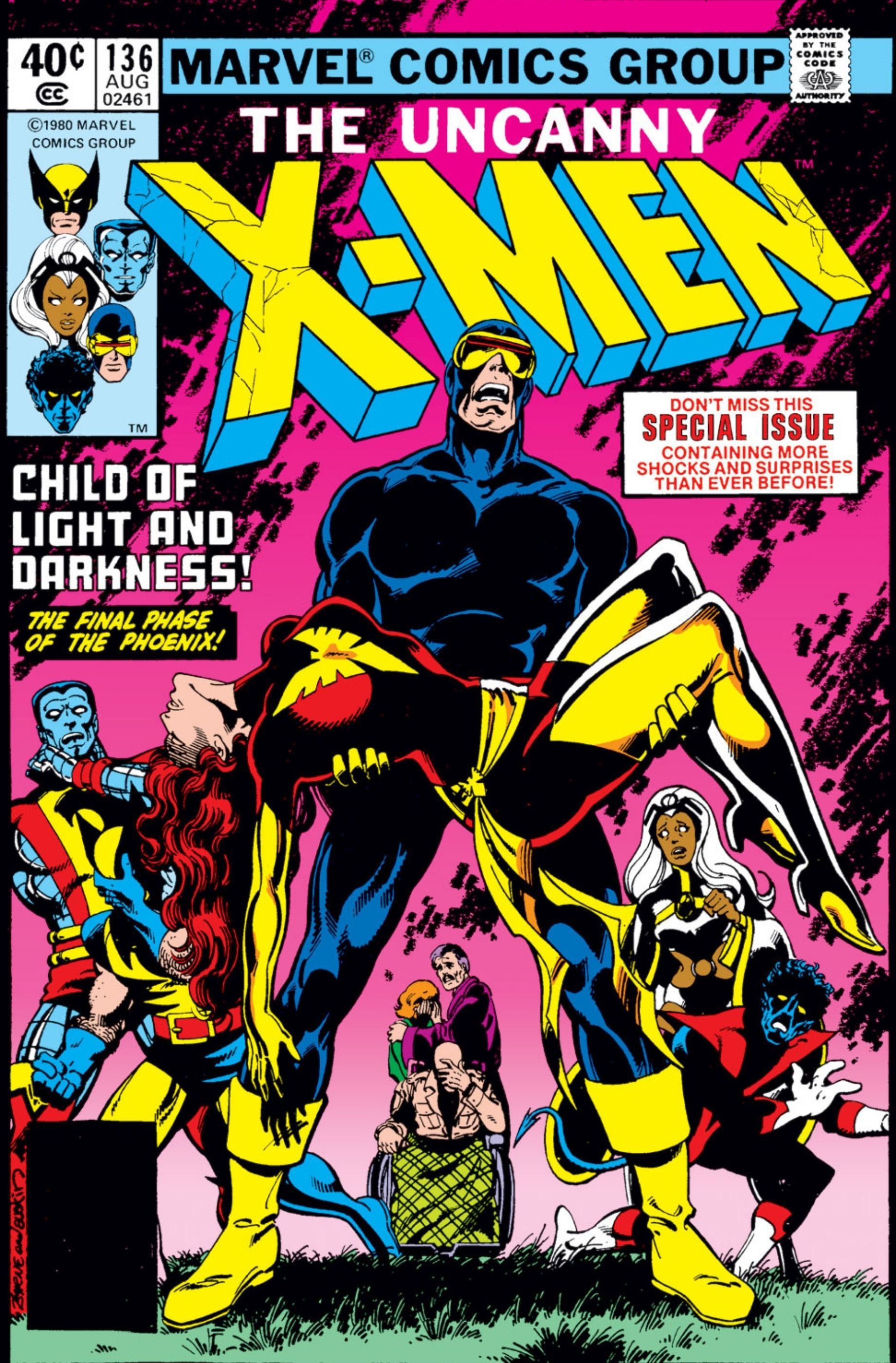
Things wouldn't remain calm for long, and Jean Grey's fall from grace was around the corner. Under the corruption of the Phoenix Force, Jean commits atrocious acts that lead her down a path from which there is no return. Readers expected a tragic ending for Jean, but it was still heartbreaking to see.
Uncanny X-Men #136 isn't the ending of the "Dark Phoenix Saga," but Jim Byrne's cover certainly looks like it. Cyclops holds Dark Phoenix's unconscious body, screaming to the heavens in frustration, while the X-Men stand behind, looking on in shock. The artwork evokes religious imagery, continuing Jean Grey's depiction as a fallen angel.
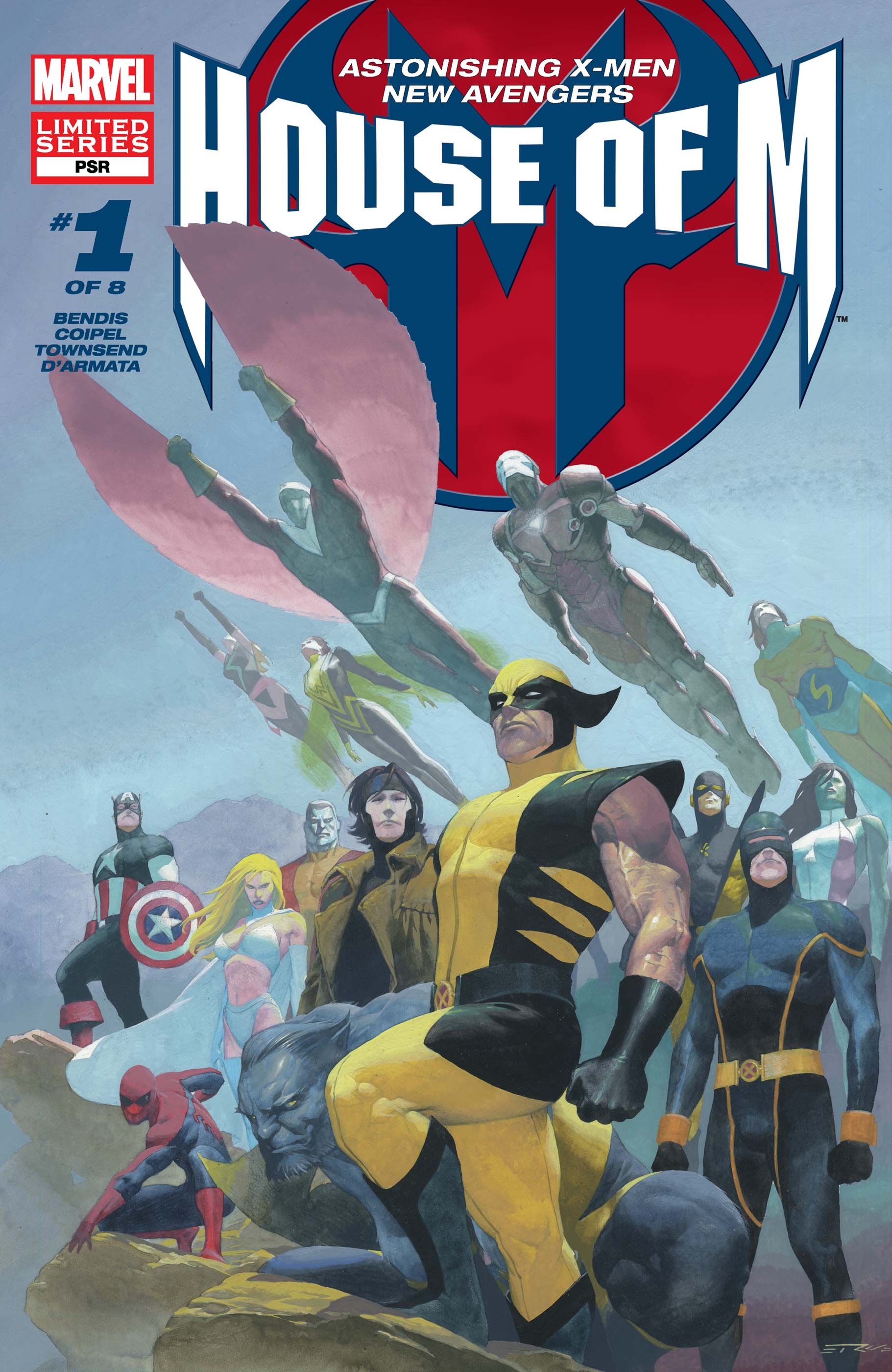
House of M's popularity suffered a recent boost thanks to WandaVision. The story showcases the Scarlet Witch's vast and devastating power and explores the severe damage that years of trauma left on her psyche. Convinced by her twin brother, Pietro, Wanda creates a new world where she gives everyone what they seemingly want.
Esad Ribic's cover for the series' first issue is iconic because of its simplicity. The X-Men gather together, joined by other prominent heroes like Captain America and Spider-Man. They look to the distance, preparing for something they know is coming, even if they don't know what it is. It's a surprisingly straightforward cover that wisely hides Wanda, respecting her place as the master pulling the strings from behind the scenes.
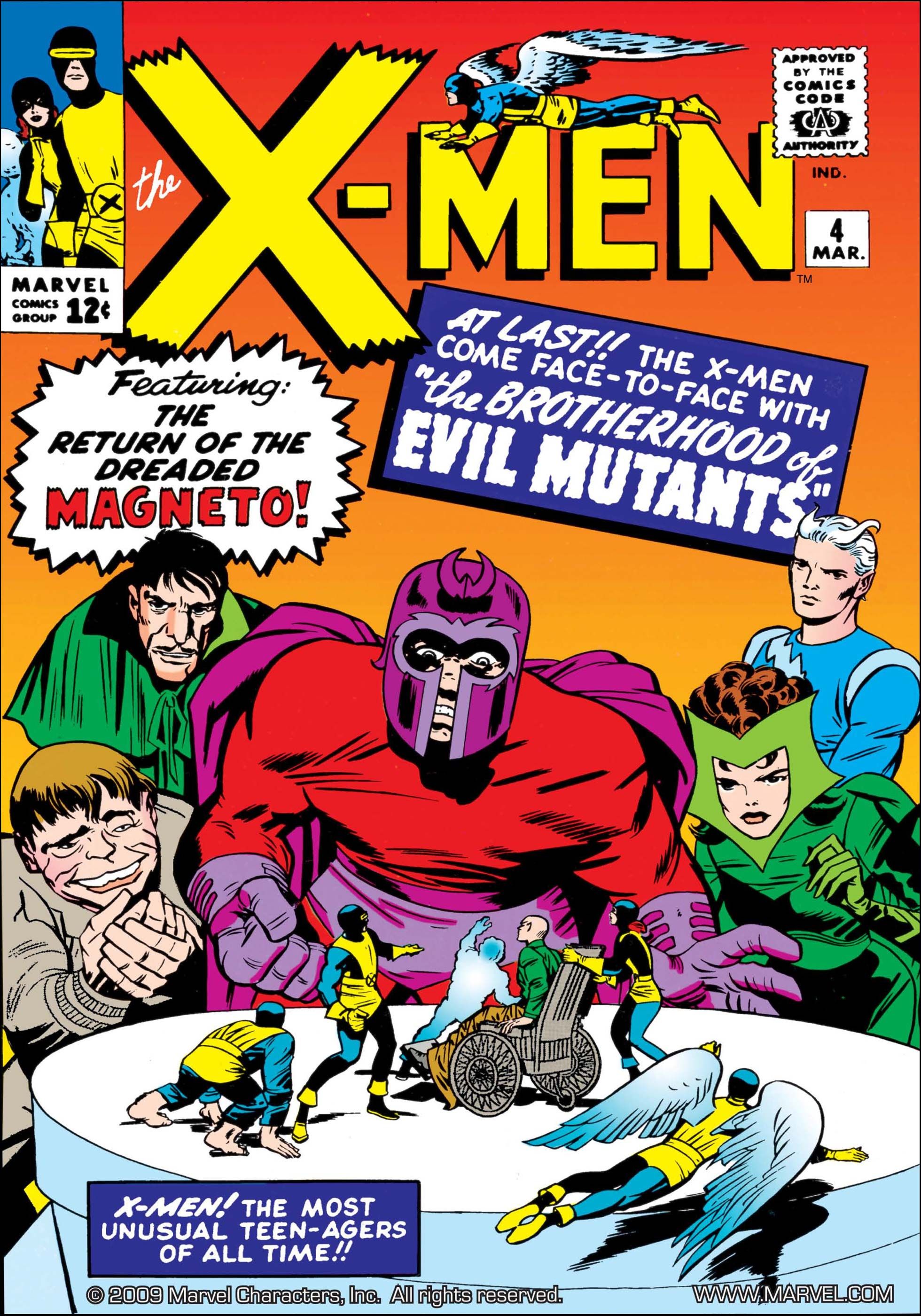
Magneto and his Brotherhood of Evil Mutants are among the first villains the X-Men ever face. They have become the most emblematic antagonists for the mutant team, being their constant foes throughout years of uninterrupted continuity.
For the Brotherhood's comic book debut, legendary artist Jack Kirby grants them the whole cover. Portraying them as massive, threatening giants against the tiny, seemingly helpless X-Men, Kirby cements their place as worthy and challenging foes. The "dreaded Magneto" leads the Brotherhood's attack, and the X-Men can't do anything but cower in fear.
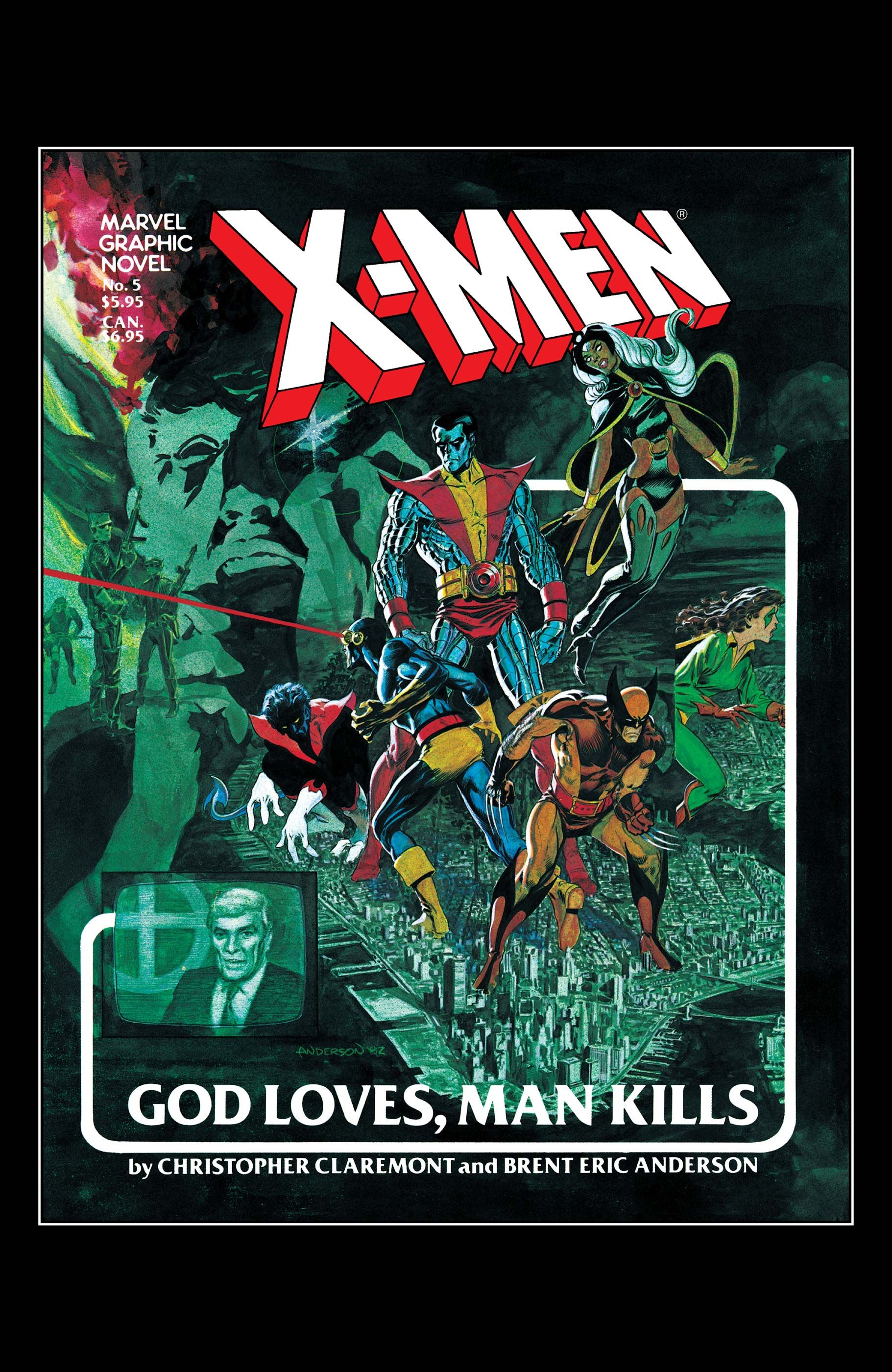
The X-Men franchise has never shied away from dealing with severe issues in its storylines. God Loves, Man Kills from 1982 handles themes of intolerance and religious fanatism with surprising empathy and nuance, becoming one of the undisputed best storylines in all of Marvel.
With art by Brent Anderson, the cover depicts the X-Men against a pitch-black background, while Reverend William Stryker, one of the X-Men's evilest villains, lurks in the back, his silhouette ever present. Images of soldiers over New York City add finishing touches to a cover that sticks to the story's darker themes, replacing the series' more fantastical elements with grim reality.
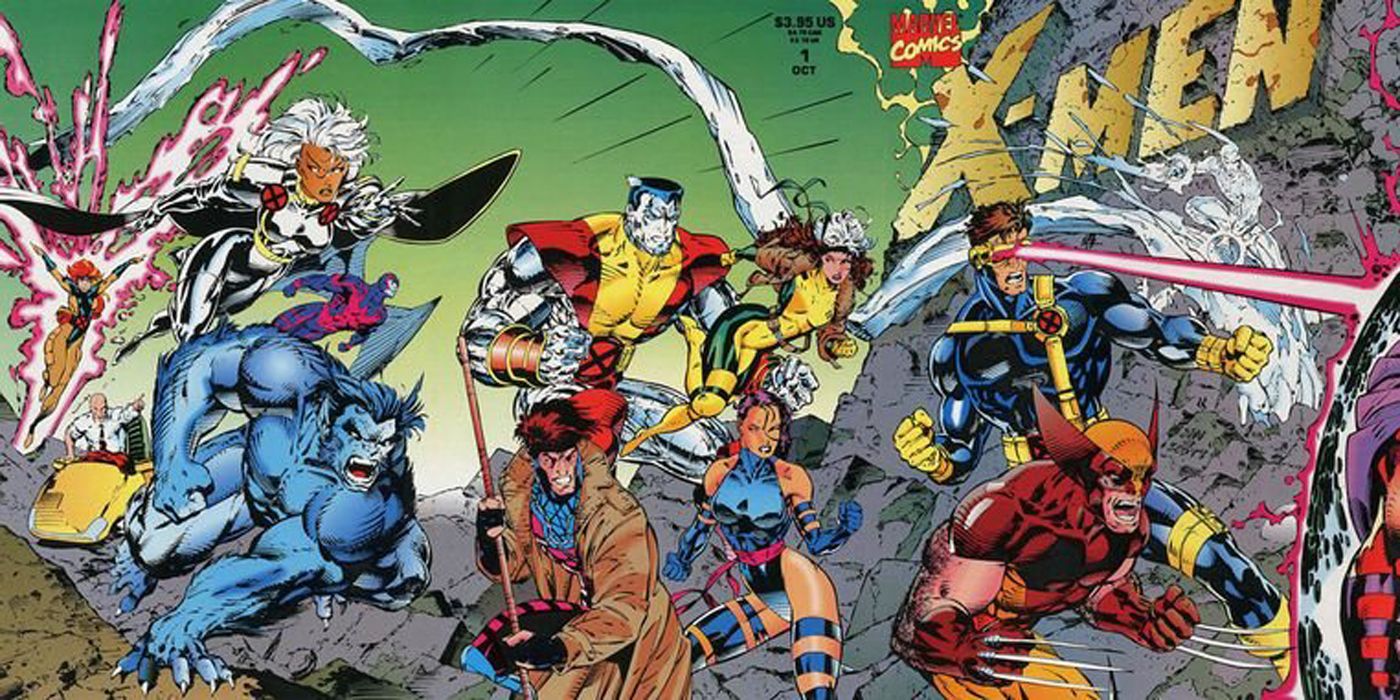
Before the MCU, the X-Men were the undisputed stars of Marvel. Only Spider-Man surpassed them in popularity. The team welcomed the 1990s with a reinvention of sorts, launching a new spinoff title helmed by the iconic duo of Chris Claremont and Jim Lee.
X-Men vol. 2 #1 is still the best-selling comic book of all time. The title launched with a tetraptych cover designed by Lee and Scott Williams, featuring the new X-Men roster battling their eternal foe, Magneto. Lee and Claremont would leave the new title almost immediately, making this cover even more legendary, the legacy of two brilliant comic book minds.
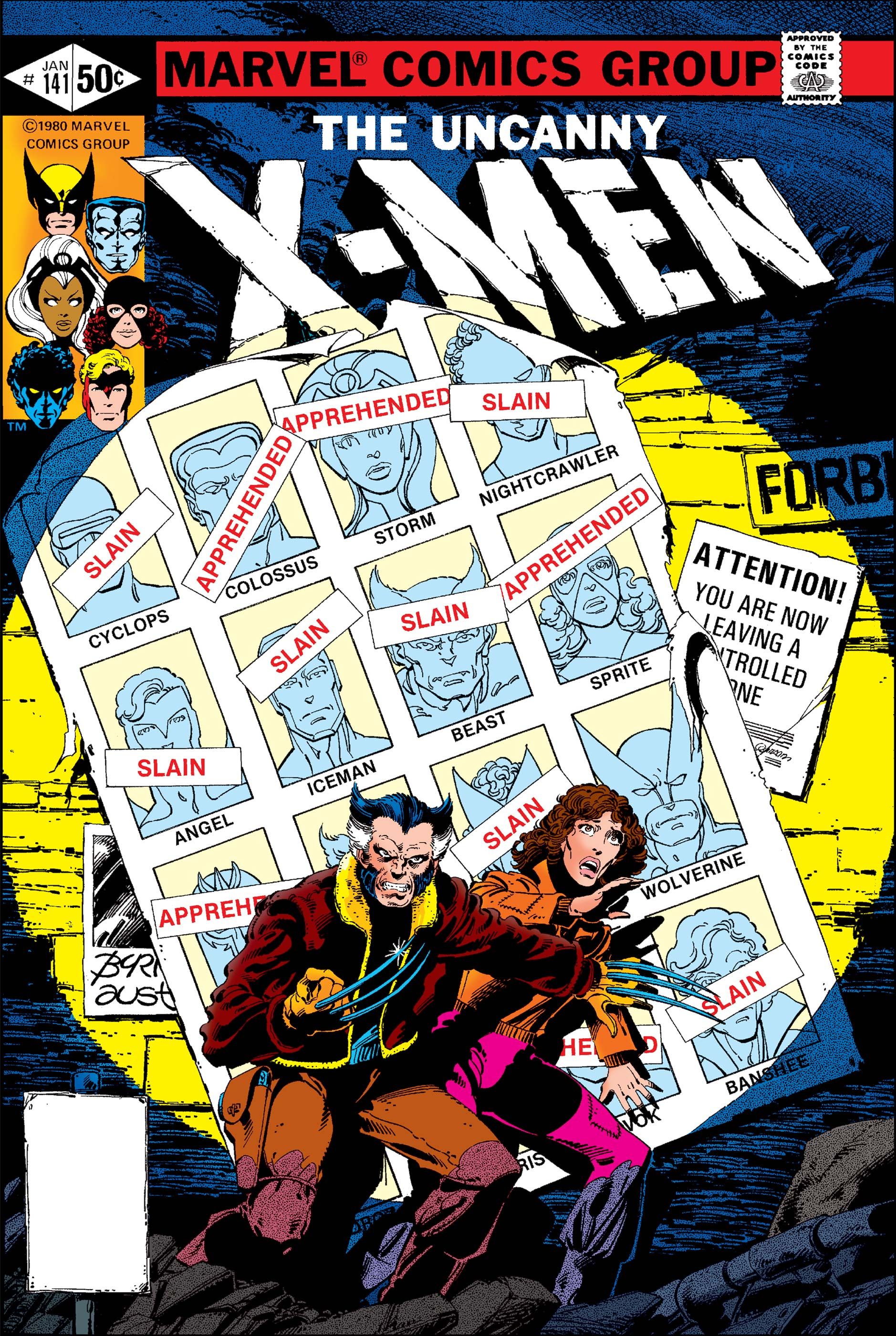
"Days of Future Past" is not only one of the best X-Men storylines from the 1980s but one of the greatest in all of comics history. It cemented the X-Men as the go-to title for thought-provoking, engrossing storylines that weren't afraid to experiment beyond the genre's confinements.
The cover is appropriately anxious, featuring a frightened Kitty Pride protected by a hardened Wolverine. Behind them, a massive poster depicting the names of deceased mutants adds an extra layer of devastation to the seemingly straightforward artwork. A spotlight shines on both characters, the inescapable light of the almighty Sentinels. It's a brilliant piece that perfectly encapsulates the storyline's sense of dread and one of the X-Men's defining moments.
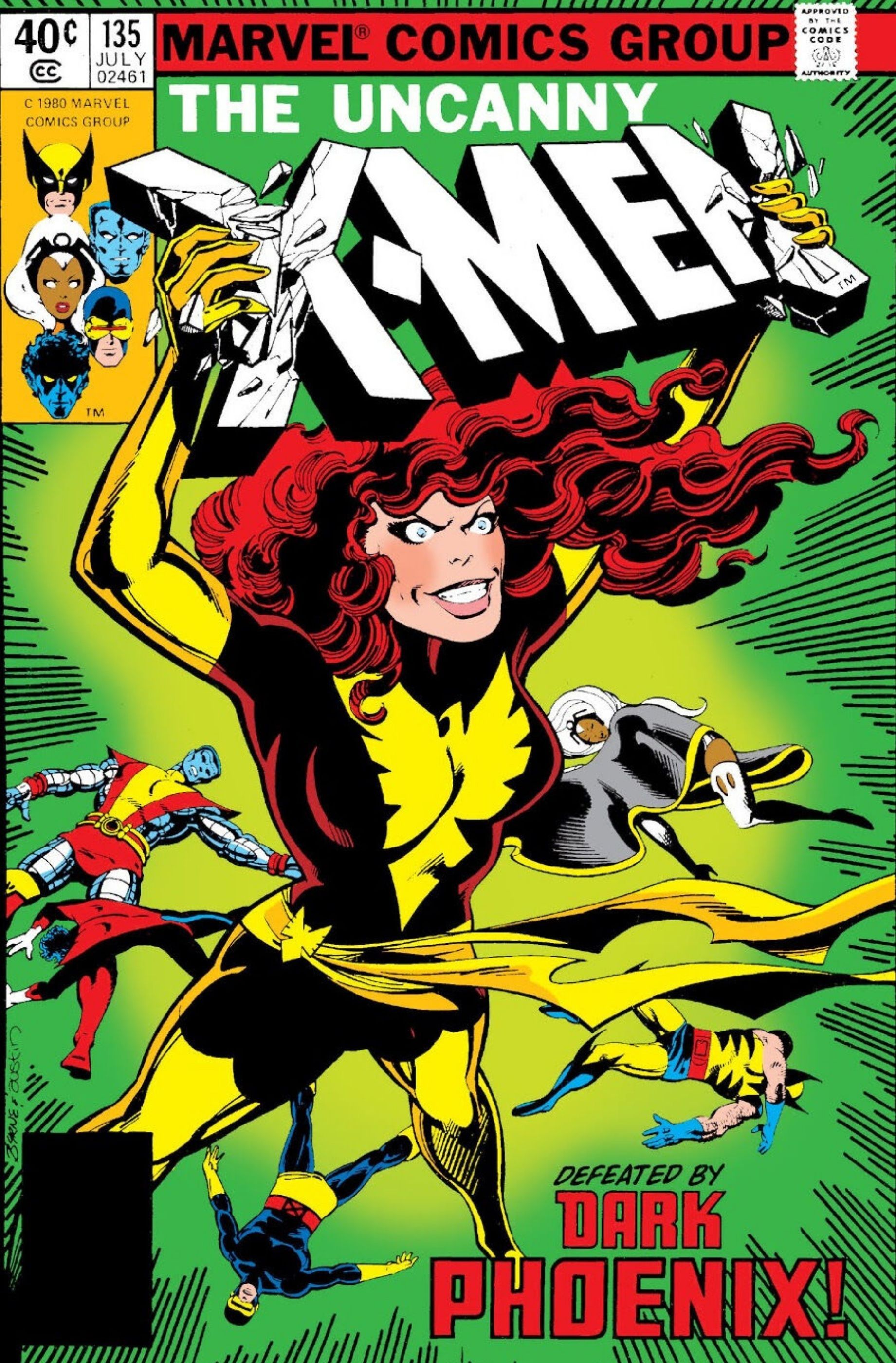
"The Dark Phoenix Saga" still holds up. It's the most acclaimed X-Men storyline, an event that forever changed the superhero landscape, whose influence transcended the genre and became a prominent part of pop culture. To this day, the X-Men keep fighting the Phoenix Force, reaffirming and preserving the story's influence.
The now-iconic cover of Uncanny X-Men #135 is the perfect metaphor for the franchise's existence. Since the Phoenix's debut, the Force has had the team wrapped around its finger. Dark Phoenix will forever haunt the X-Men, for better or worse. The sight of a diabolical Jean Grey, entirely corrupted by the Phoenix Force while her former teammates lie utterly defeated, is a sight that comics fans never forget.
from ScreenRant - Feed https://ift.tt/3A2kaOI


0 Comments